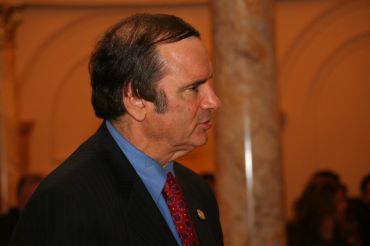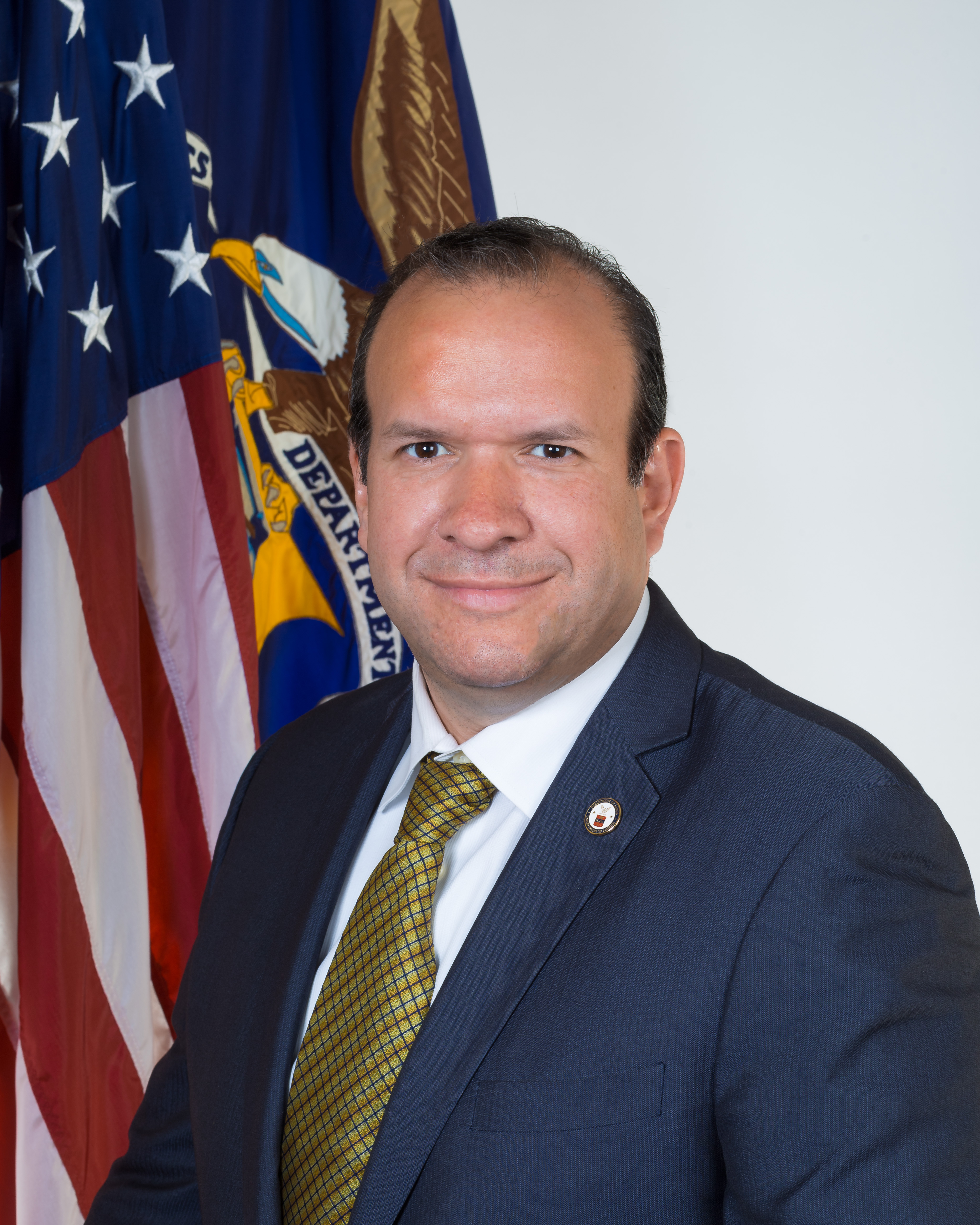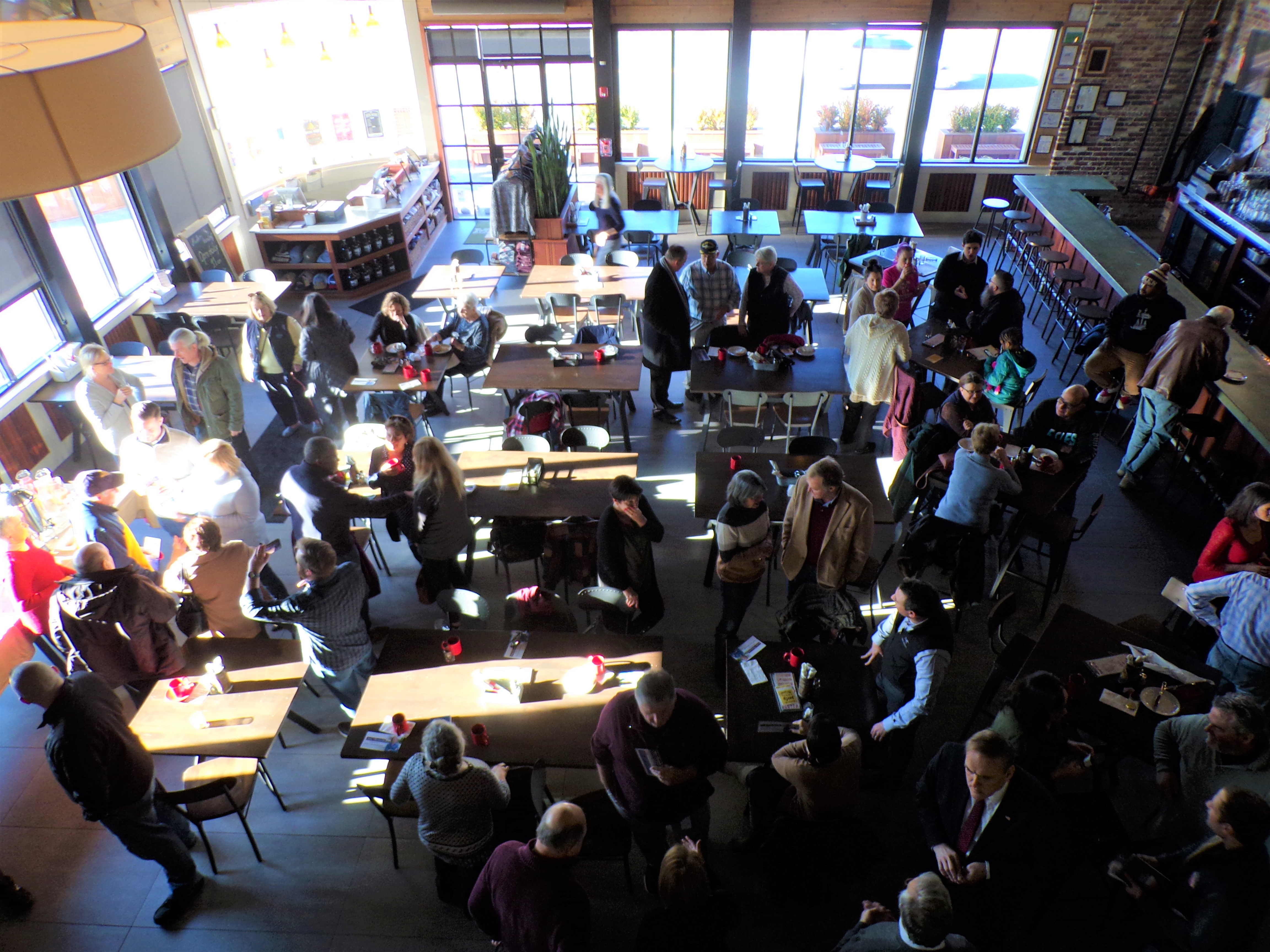Pennington is a borough in Mercer County, New Jersey, United States. As of the 2010 United States Census, the borough’s population was 2,585, reflecting a decline of 111 (-4.1%) from the 2,696 counted in the 2000 Census, which had in turn increased by 159 (+6.3%) from the 2,537 counted in the 1990 Census.
According to an 1883 history, “the first name of the village was Queenstown, which was given it in honor of Queen Anne. Later it was by some, in derision of its comparative insignificance, Pennytown, and as early as 1747 it began to be called Pennington.” The name “Penington” was already known in the area, as Edward Penington (1667-1701), son of the British Quaker leader Isaac Penington, was appointed by his kinsman William Penn as Surveyor General of Pennsylvania. His father-in-law was a longtime leader, including as Governor, of the province of West Jersey, where Edward married. Henry Gannett attributes the borough’s name to colonial governors from the Pennington family.
Pennington was established as a borough by an act of the New Jersey Legislature on January 31, 1890, from portions of Hopewell Township, based on the results of a referendum held on January 21, 1890. It is a dry borough, where alcohol cannot be sold.
According to the United States Census Bureau, the borough had a total area of 0.958 square miles (2.481 km2), including 0.956 square miles (2.476 km2) of land and 0.002 square miles (0.005 km2) of water (0.22%).
The borough is an independent municipality completely surrounded by Hopewell Township, making it part one of 21 pairs of “doughnut towns” in the state, where one municipality entirely surrounds another.
As of the 2010 United States Census, there were 2,585 people, 1,031 households, and 712.4 families residing in the borough. The population density was 2,703.9 per square mile (1,044.0/km2). There were 1,083 housing units at an average density of 1,132.8 per square mile (437.4/km2). The racial makeup of the borough was 95.24% (2,462) White, 1.82% (47) Black or African American, 0.00% (0) Native American, 1.78% (46) Asian, 0.08% (2) Pacific Islander, 0.08% (2) from other races, and 1.01% (26) from two or more races. Hispanic or Latino of any race were 1.43% (37) of the population.
There were 1,031 households out of which 34.9% had children under the age of 18 living with them, 60.4% were married couples living together, 6.6% had a female householder with no husband present, and 30.9% were non-families. 28.4% of all households were made up of individuals, and 19.0% had someone living alone who was 65 years of age or older. The average household size was 2.45 and the average family size was 3.04.
Source: Wikipedia















